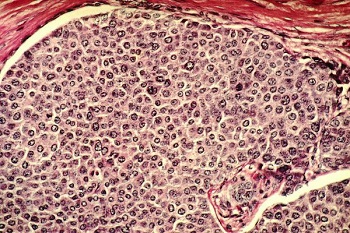Researchers unite efforts to boost the application of the Raman technique in the Clinic
Although it is very advantageous for the early diagnosis of multiple pathologies, including cancer, perhaps because of ignorance, the Raman spectroscopy technique is still very little applied in the clinic. In Europe, only a few hospitals in the Netherlands, Germany and the UK use it.
Raman spectroscopy
Raman spectroscopy, identified with the name of the scientist who discovered it, the Indian Chandrasekhara Venkata Raman, Nobel Prize for Physics in 1930, is a high-resolution optical technique that through the incidence of radiation (light) on any sample can obtain information in seconds. That is, it provides information about the compounds present in the analyzed sample.
It is a “non-invasive, very useful and clinically advantageous technique, especially for the early diagnosis of multiple pathologies, namely infectious diseases, various types of low prognosis cancer and hospital antibiotic resistant bacteria. It is a very rigorous technique that provides immediate information. Patients do not have to wait days or weeks for the results of biopsies”, said Doctors.
It is also a “very versatile and economically advantageous” tool, reinforced by these Raman specialists from FCTUC. “It can be very useful in extremely delicate surgeries, such as a surgery to remove a tumor in the brain, where it is essential to have real-time information that guides the neurosurgeon, indicating exactly what is diseased tissue and which must be totally removed, and what is woven in and should be spared”, they illustrate.
Lara Khouli.

